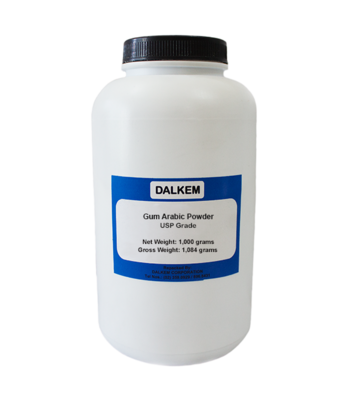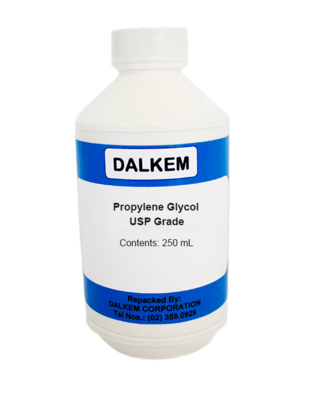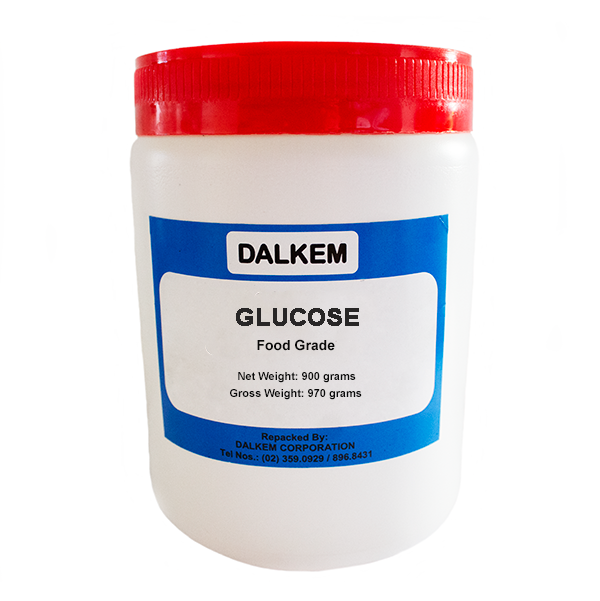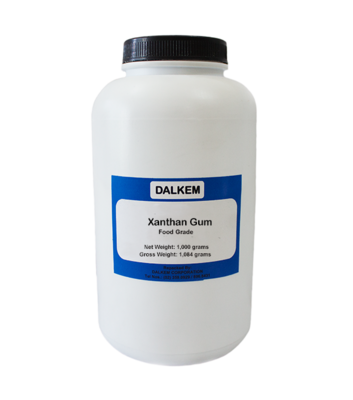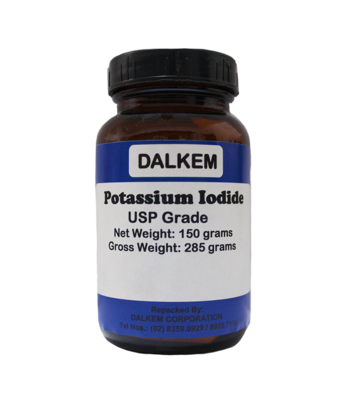Dalkem Glucose Gross Weight
Glucose are part of the simple carbohydrate family, with the same calorific value as all other sugars (sucrose or white sugar, lactose, etc.) i.e. 4 kcal/g. There is no differentiation between simple sugars, regardless of their origin when it comes to dietary advice. Unlike sucrose, glucose syrups do not contain any fructose. Consequently, they are not as sweet.
The glucose molecule in glucose is the same as that in sucrose or lactose.
Glucose can provide texture, volume, taste, glossiness, improved stability and a longer shelf-life for the products to which it is added. Combined with other sugars, they can provide a range of benefits.
For instance, in a cake, glucose can be added for a more luxurious texture, whilst white sugar adds sweetness. Moreover, glucose prevent biscuits from drying out, keep cakes soft, prevent sugar from crystallizing in sweets and jam and prevent water crystallization in ice creams.
USES
Glucose provide unique combinations of physical and chemical properties widely used in the food industry.
• In confectionery (candy, chewing gums, jellies), glucose syrups are essential ingredients that provide viscosity, anti-crystallizing and sweetening power.
• When talking about sweet bakery (cakes, biscuits) and cereal-based products, glucose bring body, bulk and optimize sweetness.
• In ice creams, they enhance the smoothness of the finished products.
• In fruit preserves and jams, glucose help balance sweetness, enhance flavors and extend shelf life.
• Hydrolysates and dextrose syrups are mainly used in alcoholic beverages to help the fermentation and brewing processes. They are also carbohydrates of high value for bio-technologies.
• High Fructose syrups give body and sweetness in non-alcoholic beverages such as soft drinks, nectars and fruit beverages
